Explore all the technology expertise we have to develop AI solutions
Deploy Agentic RAG Pipelines in Minutes with ragbits
Get to know us, our leadership, development direction, and why we call ourselves applied AI experts.
Look at our open positions and join the applied AI revolution!
With experience across industries,
we deliver impactful projects in these key sectors.
Applied AI Experts Blog
Explore in-depth insights on LLMs, RAG, AI agents, MLOps, Computer Vision, Edge Solutions, Predictive Analytics, and beyond—delivering value-packed perspectives for both business leaders and developers.
-

Creating your own code writing agent. How to get results fast and avoid the most common pitfalls
-
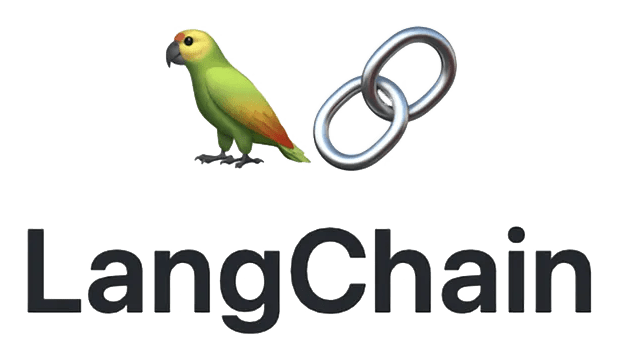
LangChain announces partnership with deepsense.ai
-

Creating your whole codebase at once using LLMs – how long until AI replaces human developers?
-

Standard Template for Machine Learning projects – deepsense.ai’s approach
-

Generative AI developer toolkit
-

deepsense.ai contributes to open source tool PR-Agent
-

Operationalizing Large Language Models: How LLMOps can help your LLM-based applications succeed
-

How to efficiently implement LLMs in your business operations
-

Data generation with diffusion models – part 2
-

Diffusion models in practice. Part 3: Portrait generation analysis
-

deepsense.ai teamed up with WWF to protect Poland’s river ecosystems
-

OpenAI LLM APIs: OpenAI or Microsoft Azure?
-

How we developed a GPT‑based solution for extracting knowledge from documents
-

deepsense.ai’s new office in Warsaw
-
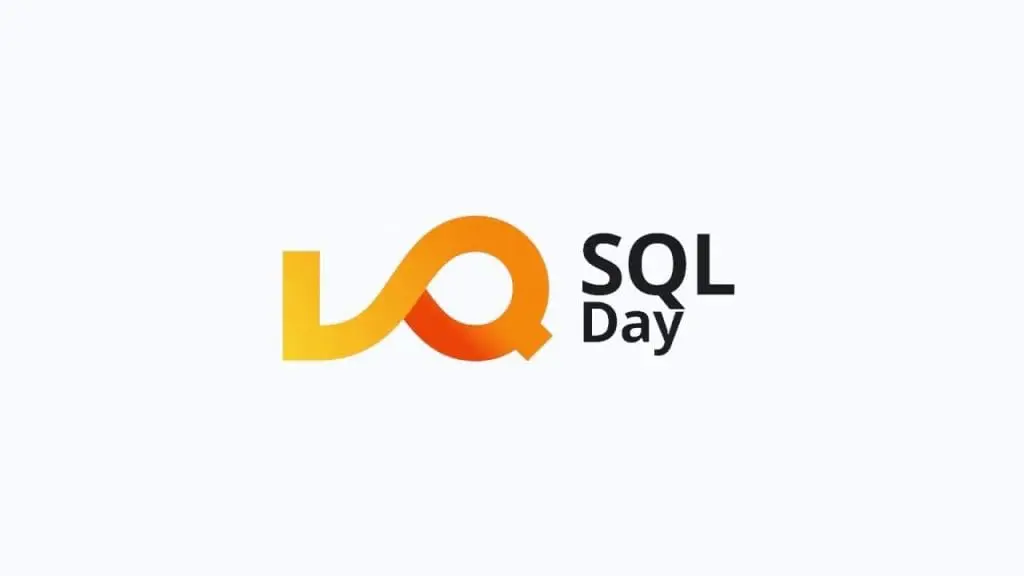
deepsense.ai at SQLDay
-

Diffusion models in practice. Part 2: How good is your model?
-
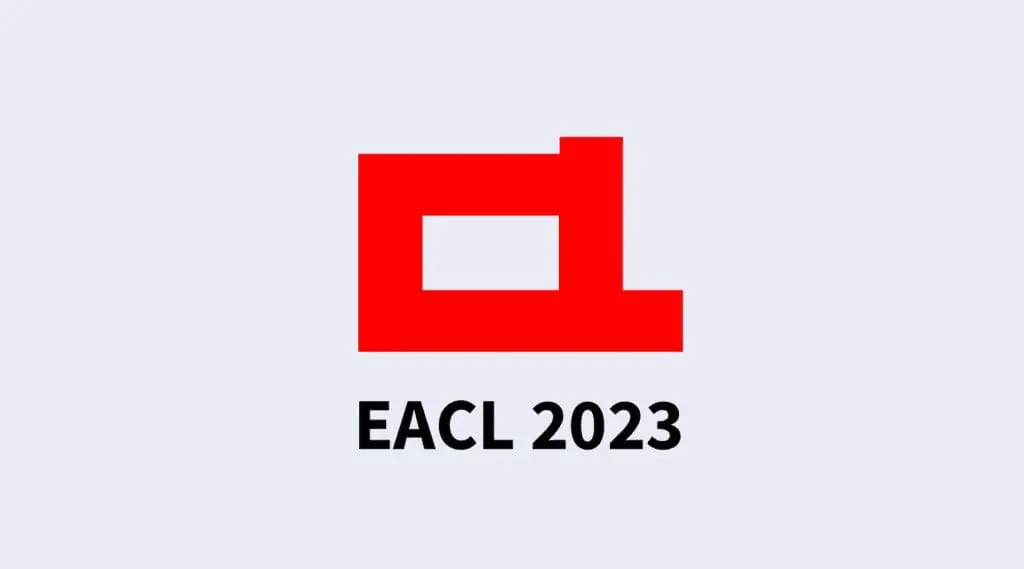
deepsense.ai among top European experts sharing NLP knowledge at the EACL conference 2023
-
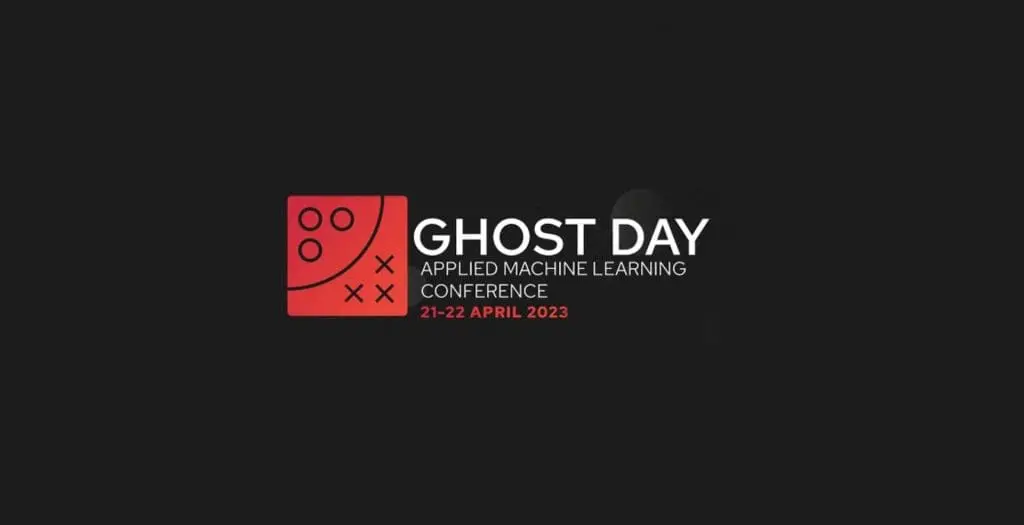
deepsense.ai among top world experts sharing machine learning knowledge at GHOST Day: AMLC 2023
-

How to train a Large Language Model using limited hardware?
-
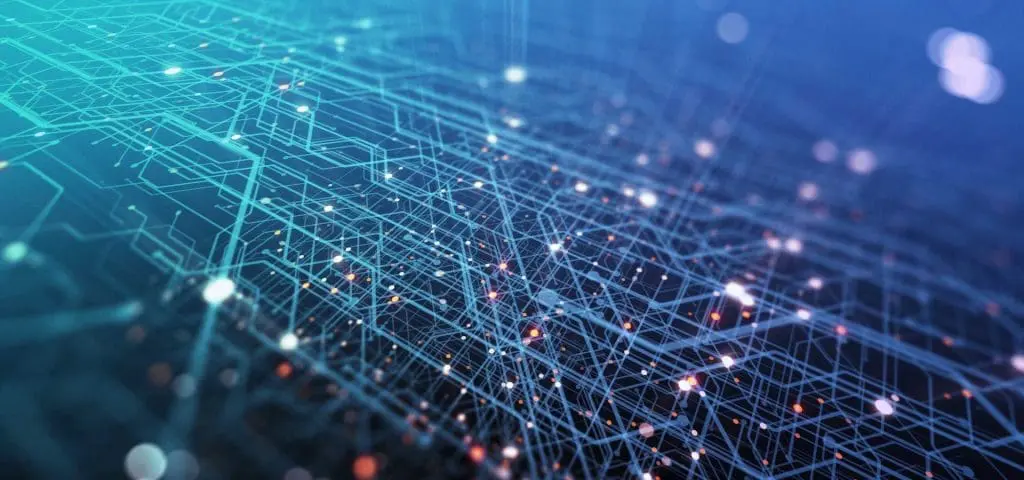
The AdaSubS algorithm receives the prestigious ICLR 2023 award
-

Data generation with diffusion models – part 1